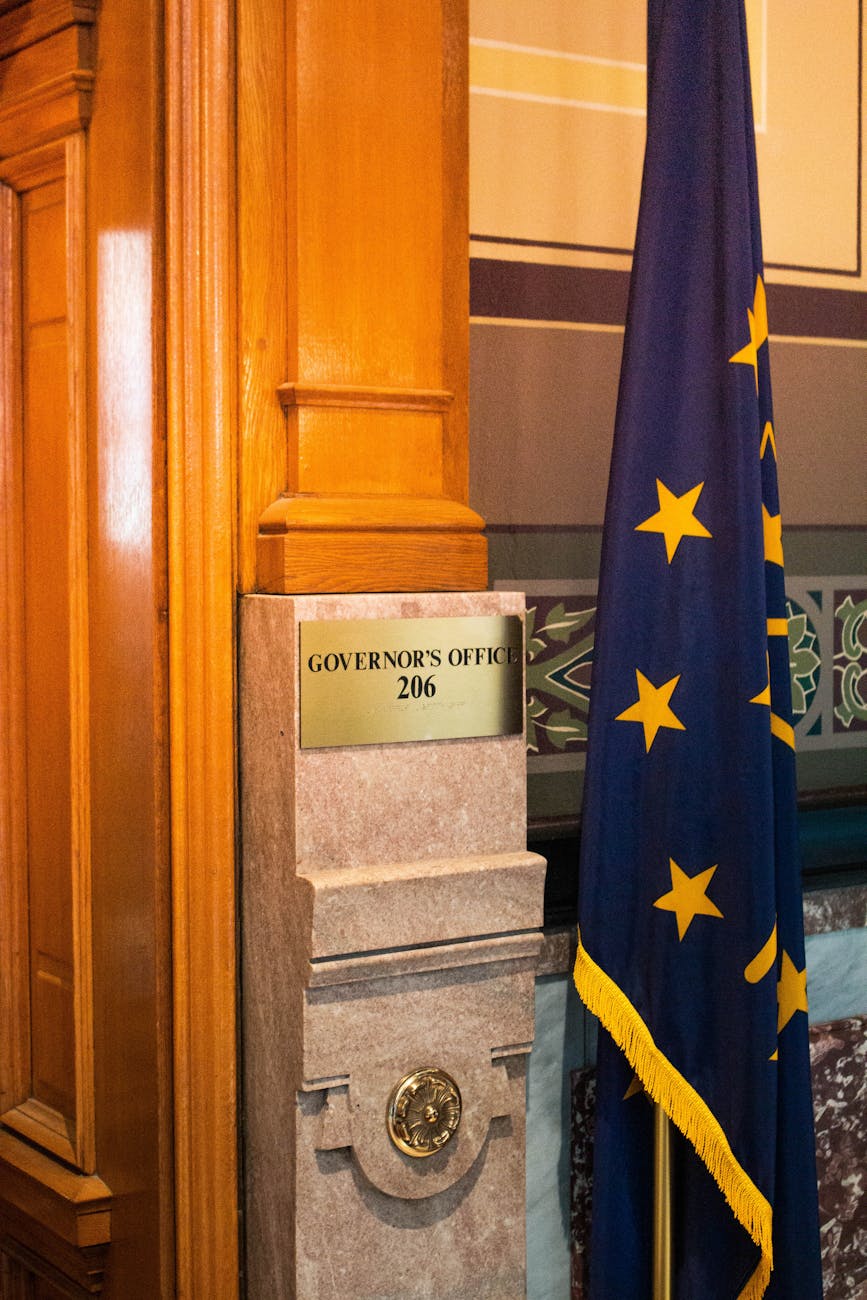Iowa Official Stands Up to Governor’s Flag Order
In a surprising move, an Iowa official has defied the state governor’s directive to lower flags to half-staff in honor of conservative figure Charlie Kirk. This action has sparked a heated debate about the appropriateness and consistency of such gestures in response to recent events. Jon Green, the official in question, voiced his concerns directly, stating that the governor’s office failed to issue similar proclamations following other significant incidents of gun violence. This refusal to comply with the flag order raises important questions about the implications of political favoritism and the criteria used for such honors.
Context Behind the Controversy
Charlie Kirk, a prominent conservative activist and founder of Turning Point USA, has garnered attention for his polarizing views and public presence. The governor’s decision to lower flags in his honor was met with mixed reactions. Supporters hailed it as a tribute to a significant figure in conservative circles, while detractors argued that it trivializes the gravity of gun violence in the state. Green’s dissent is rooted in the belief that a consistent standard should be applied across the board, especially when it comes to recognizing public figures linked to controversial narratives.
The Bigger Picture: Gun Violence and Political Symbolism
Green’s stance highlights a broader issue within the realm of political symbolism and public mourning. Iowa has faced its share of tragic incidents involving gun violence, yet the lack of official recognition for those events raises eyebrows. When flags fly at half-staff, they symbolize respect and mourning, but the selective application of this honor can send conflicting messages to a grieving public. Green’s defiance is not just about one individual; it encapsulates a call for accountability and consistency in how the state commemorates loss and tragedy.
Public Reaction and Future Implications
The public’s response to Green’s decision has been polarized. Supporters of the governor’s order see it as a necessary recognition of a key political ally, while those backing Green argue for a more inclusive approach to mourning that honors victims of violence irrespective of their political affiliations. This situation could set a significant precedent for how state officials respond to future requests for flag honors. As communities grapple with the impact of gun violence, the criteria for such gestures will likely be scrutinized more closely than ever before.
Questions
What are the implications of selective flag honors in political contexts?
How should states decide who deserves such memorial gestures?
Can this controversy impact future discussions on gun violence recognition?

